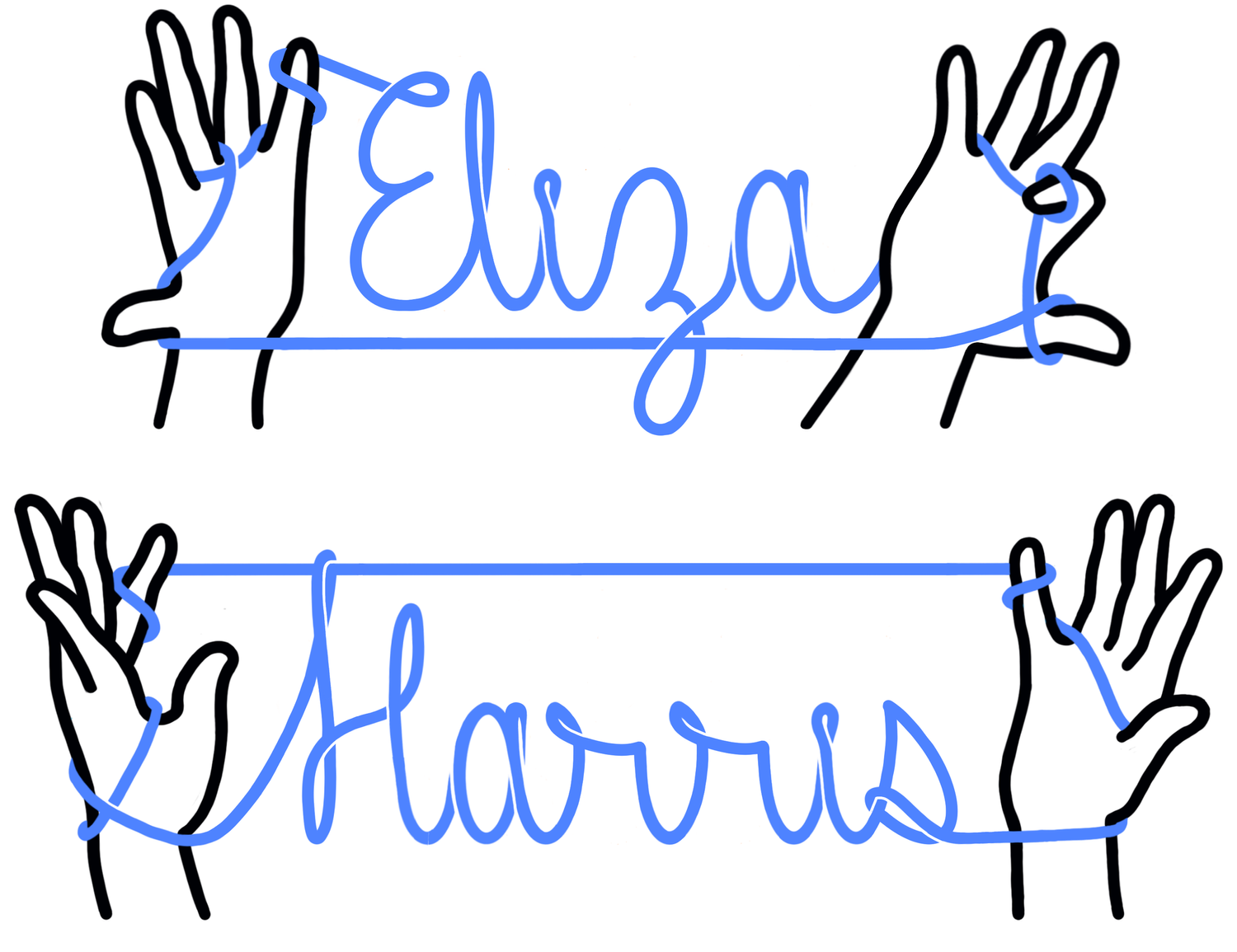Art by Andrew Lorenzi
The Poetry of Comics: An Interview with Cartoonist Andrew Lorenzi
For the first installment of my interview series with artists working at the intersection of comics and poetry, I spoke with Andrew Lorenzi about his debut book Multo. Our conversation was featured in Poets & Writers Daily News.
Published in Catapult Magazine
Interview Excerpt:
EH: I read Multo as a series of poems and vignettes that capture memories, sensations, and realizations from your life. Do you see poetry as an element of your comics? How do you define your work?
AL: Andrew Lorenzi: Yes, I’ve long felt my work overlaps into poetry. Comics and graphic novels are so often equated with illustrated prose, and that might be true for a lot of comics artists, but my interest always lies in comics that distill the world into quieter moments, fragmentary moments. Both poetry and comics excel at taking these ineffable, hard-to-articulate times in life and making them into something solid. So, I think of comics as a blend of poetry and drawing. There’s that element of reduction in both, of cutting away to the essential of the subject while also leaving space for ambiguity, pacing, tone, and emotion. One of my favorite parts of comics is just the beauty of a figure moving through space.
I learned to read and write from comics, so I saw the world through cartoons from the youngest age I can remember. I knew that comics were capable of bombast and dynamism in superhero comics, but I was always captivated by the quiet meditations of something like Charles Schulz’s Peanuts. My comics, Multo especially, investigate how the daily rhythms of life accumulate to create our identity and sense of self. Romantic poets like Coleridge, Mary Shelley, and Wordsworth really resonated with me because they were able to view something seemingly simple and mundane in life and have it bloom open into a maze of memories.
So, I define my work as autobiographical and creative nonfiction comics with an emphasis on handmade work, but I see a lot of my comics sharing affinities with the goals and aesthetics of poetry.
Published 2021. Full interview here.


